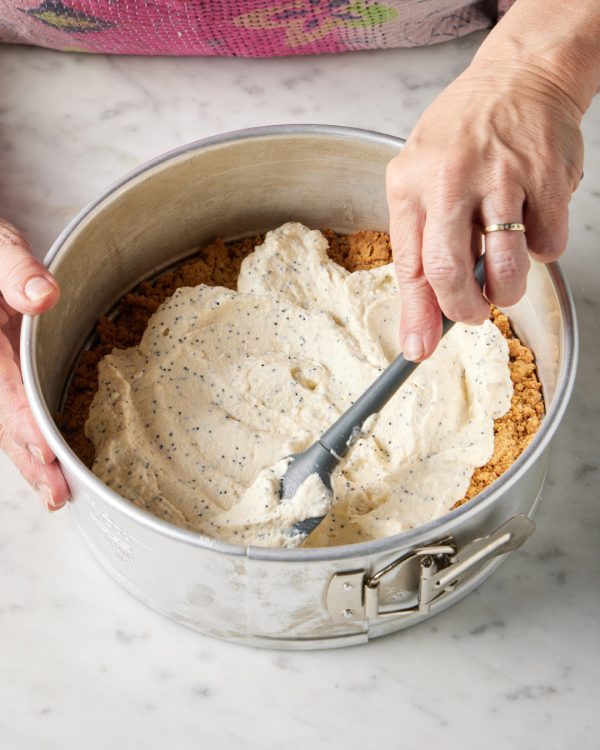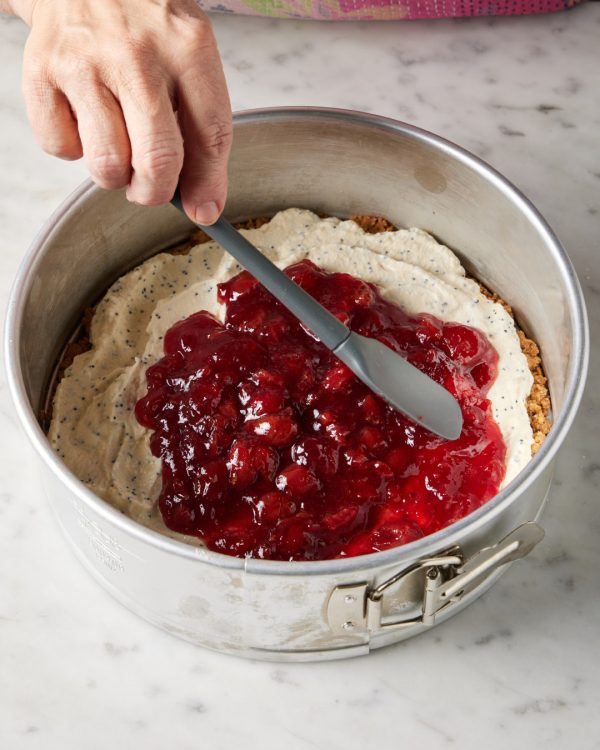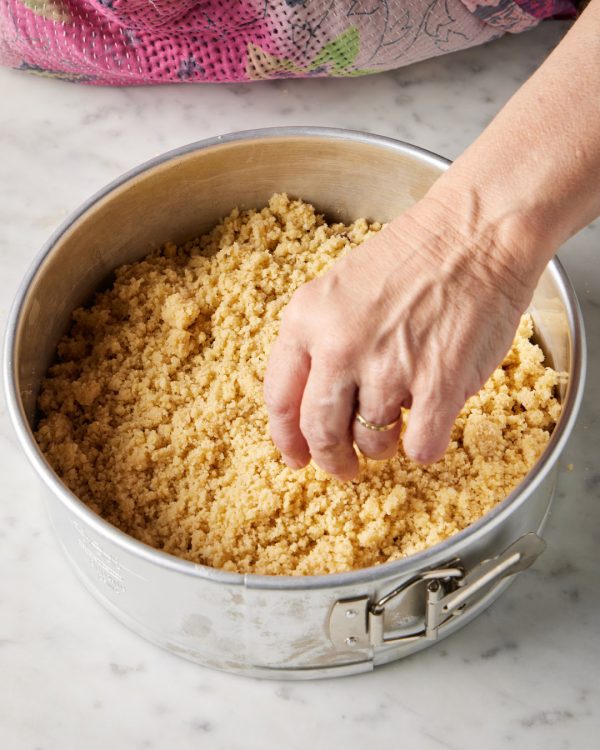I was expecting a typical Roman meal at Armando al Pantheon, just a half block from Rome’s Pantheon—a neighborhood where the food, to be honest, is often mediocre. I appreciate the dedication to the unchanging Roman menu, but too many dishes are not prepared with the love and attention one finds outside of Rome. On this occasion, however, I was pleasantly surprised.
Founded in 1961 by Armando Gargioli, the restaurant is small, paneled in dark wood with a tile floor, with booths and small tables seating no more than 30 guests. The menu is a far cry from trattoria standards. Yes, you can find the classic pastas—gricia, amatriciana and carbonara—but the antipasti include filetto di aringa (herring with beans), polpettine di farro (spelt balls with black truffle sauce), an excellent and simple straccetti di manzo (thin strips of beef served with arugula and vinegar) and faraona stufata (guinea fowl stew).
And for dessert, they offer torta antica roma, one of the recipes that I had on my must-try list. It arrives on the table as a thin wedge of tart, barely an inch high, with a mottled crumb topping and a thin layer of ricotta and jam sandwiched in the middle. (This recipe is not to be confused with the classic cherry-ricotta crostata from Pasticceria il Boccione, opened in 1815 in the Jewish quarter. That is a heavier offering, a pastry enclosed cheesecake, which I purchased the next day. It was delicious, but heartier and more old-school.) Other versions of this dessert use a top pastry crust, not a crumble, and the ricotta and cherry jam layers often switch places depending on the whim of the baker.
Since the chef at Armando al Pantheon would not part with his recipe, I asked my guide, Arianna Pasquini, if she could help. I paid for an excursion to Armando to suss out the dessert, and she commented that the pastry dough was probably sbrisolona, a cake-cookie hybrid from Mantua that has a crumby texture. Sbrisolona is made with wheat flour but also commonly includes cornmeal, polenta or semolina. Nuts are also a key ingredient, as is butter and, of course, sugar.
We tested many variations and ended up with a flour-cornmeal combination (semolina flour also works) along with ground slivered almonds, lemon zest, an egg, leavener, vanilla, sugar, etc. The good news is that although this is a sticky dough, you do not have to roll it out—just press it into the bottom of a springform pan and bake for about a half hour. The ricotta is enriched with egg, poppy seeds and sugar and chilled. Cooled for 15 minutes but still warm, the baked crust is filled with the ricotta mixture, topped with jam, and then topped again with crumbled dough, the same dough used for the bottom crust. The crust goes back in the oven for 35 to 40 minutes.
So there you have it, a truly Roman dessert. A no-roll, down-to-earth tart with intriguing layers of taste and texture: a pastry dough base, ricotta, jam, and a crumbled cookie-like topping. It is the epitome of great Italian cooking—familiar, simple ingredients, where good taste is more important than good looks. A French pastry chef might opine that this tart appears too working-class, but Roman cooks would smile and say, “If the food is properly prepared, it always looks good on the plate!”
Ricotta and Cherry Jam Tart

1. After the prebaked crust has cooled for 15 minutes, scrape the ricotta mixture onto the still-warm crust and spread in an even layer, leaving a ¼-inch border at the edge.

2. Dollop the sour cherry jam onto the ricotta and gently spread it in an even layer to cover the ricotta layer; try not to mix the jam into the ricotta.

3. Working one handful at a time, scatter clumps of the topping over the tart in an even layer; aim for a mixture of fine crumbles and pebbly, pistachio-sized pieces.







